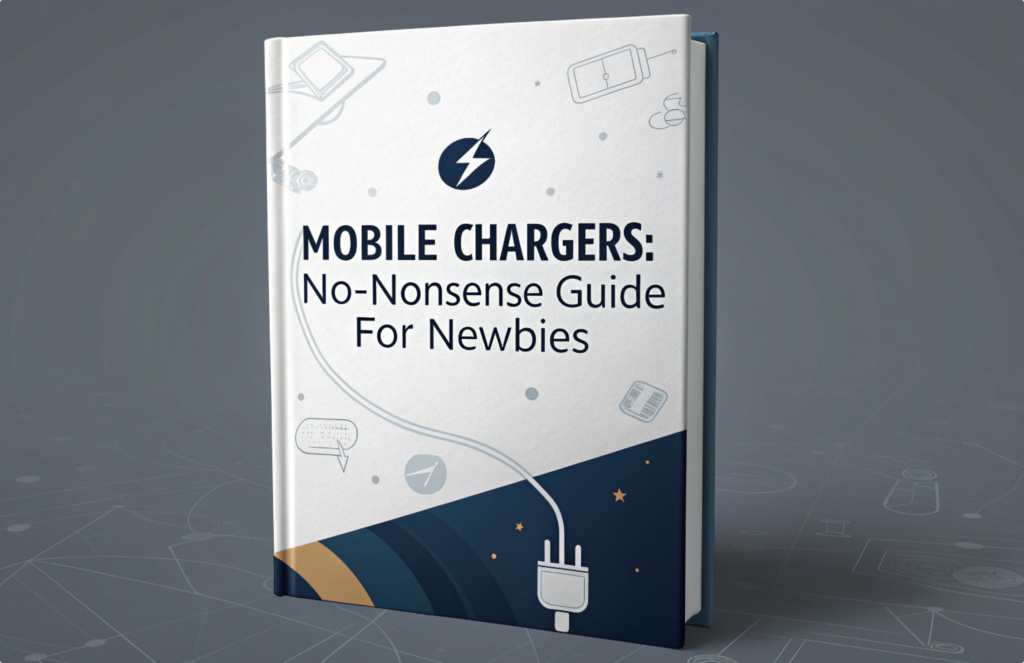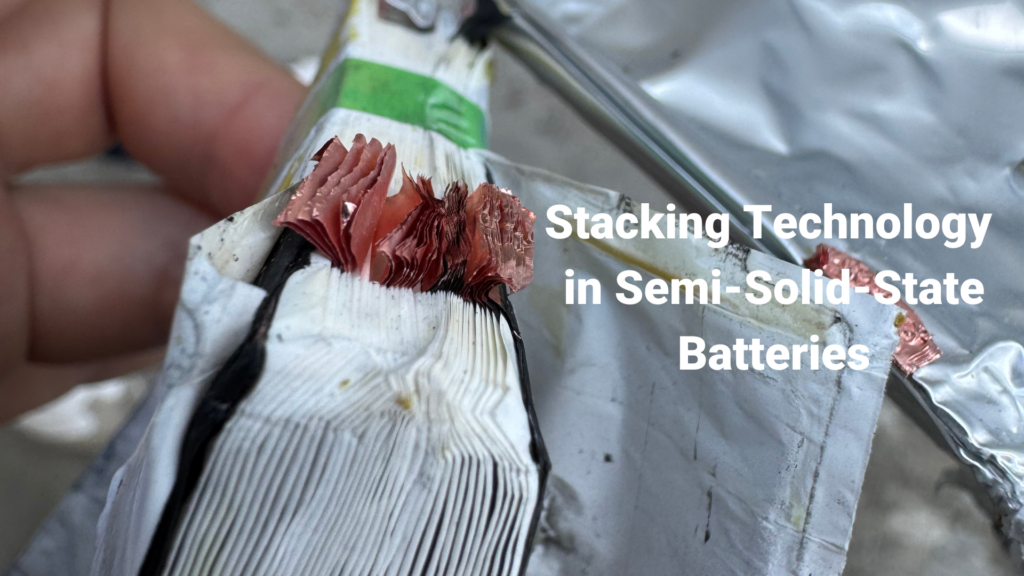We often receiving feedback that power banks feel "not durable" or that the stated capacity (e.g., 10,000mAh) doesn’t seem sufficient to fully charge a device even once. This is a common concern and directly impacts user satisfaction and reflects on the perceived quality of the product you provide. Let’s break down the reasons behind this:
1. What Factors Influence Power Bank Durability and Lifespan?
Power bank durability isn’t just about physical resilience; it’s primarily about how well it performs and retains its capacity over time. Several critical factors contribute to this:
- Battery Cell Quality & Type: This is the heart of the power bank.
- PCBA (Protection Circuit Board Assembly) Quality & Design: The PCBA is the brain, managing charging, discharging, voltage conversion, and safety.
- Physical Construction & Materials: The enclosure and internal layout protect the components from physical stress, impacts, and heat. A robust design contributes to overall longevity.
- Manufacturing Quality & Quality Control: Poor assembly, bad soldering, or lack of rigorous testing during production can lead to premature failure or performance issues.
2. What Causes Power Banks to Be "Not Durable" or Seem to Have Low Capacity?
The perception of "not durable" or insufficient capacity is often due to one or more of the following:
- Use of Low-Quality/Lower-Grade Battery Cells: This is the most common reason.
- Poorly Designed or Low-Quality PCBA:
- Overheating: High temperatures (either from charging/discharging or ambient environment) accelerate battery cell degradation. Poor internal design or cheap components can exacerbate this.
- Improper Usage or Storage: While less common for B2B distribution unless user education is lacking, extreme temperatures, storing the power bank fully charged or completely empty for very long periods, or physical abuse can reduce lifespan.
- Focus on Low Cost Over Quality: Suppliers competing purely on price often cut corners on cell quality, PCBA components, and quality control, leading to products that fail prematurely or don’t perform as advertised.
3. How Can This Issue Be Improved?
- Prioritize High-Quality Components:
Source A-Grade Cells: Work only with suppliers who use verified A-grade battery cells from reputable manufacturers. Insist on documentation regarding cell specifications and typical cycle life.
Use Quality PCBAs: Ensure the PCBA includes necessary protection circuits and uses efficient chipsets from known vendors. Discuss the PCBA’s conversion efficiency with your supplier.
- Implement Rigorous Quality Control and Testing:
Battery Cell Testing: Samples of incoming battery cells should be tested for capacity, internal resistance, and cycle life.
Product Performance Testing: Conduct thorough testing on finished products, including actual output capacity testing at different loads, charging/discharging efficiency checks, and safety feature validation (over-charge, short-circuit tests, etc.).
Random Batch Testing: Implement ongoing quality checks on production batches.
- Ensure Proper Safety Certifications: Compliance with standards like CE, FCC, RoHS, and crucially, battery-specific transport regulations like UN38.3, often indicates a higher level of quality control and safety in manufacturing. Consider UL certification for batteries as a sign of high standards.
- Provide Clear Usage Guidelines: Include user manuals that recommend avoiding extreme temperatures and suggest optimal storage practices (e.g., storing at 50-80% charge if unused for long periods).
- Partner with Reliable Manufacturers: Work with factories that have established quality management systems (like ISO 9001) and a proven track record of producing durable goods.
Conclusion: The durability of a power bank directly impacts long-term user satisfaction and brand reputation. By selecting high-quality battery cells, using stable and mature charging solutions, employing premium structural materials, and enforcing strict production and testing processes, manufacturers can significantly improve product lifespan and reliability. For B2B buyers, focusing on these key factors and partnering with suppliers who maintain rigorous quality control is essential to minimizing after-sales issues and reducing the Total Cost of Ownership (TCO).









